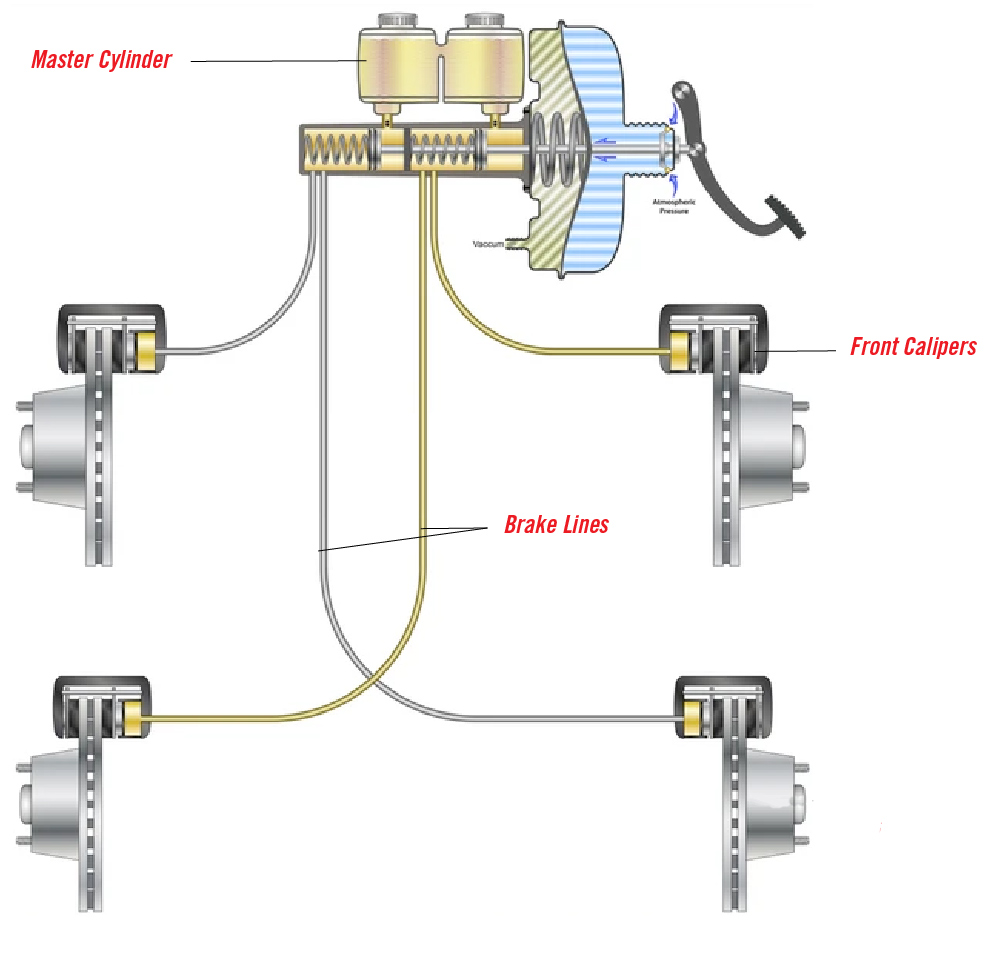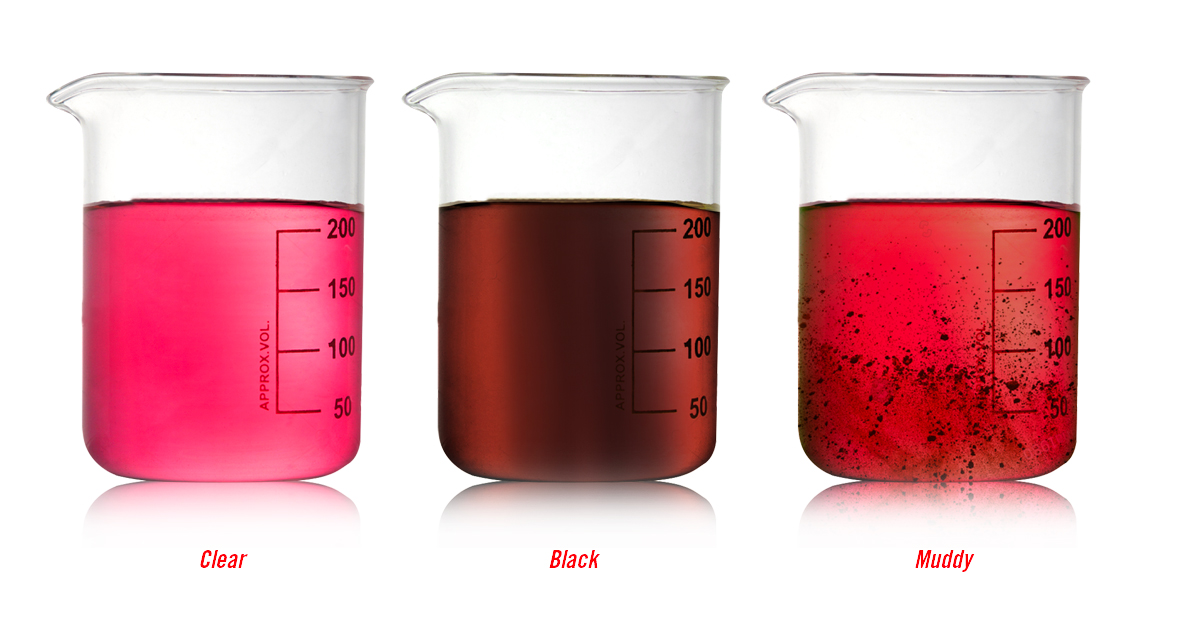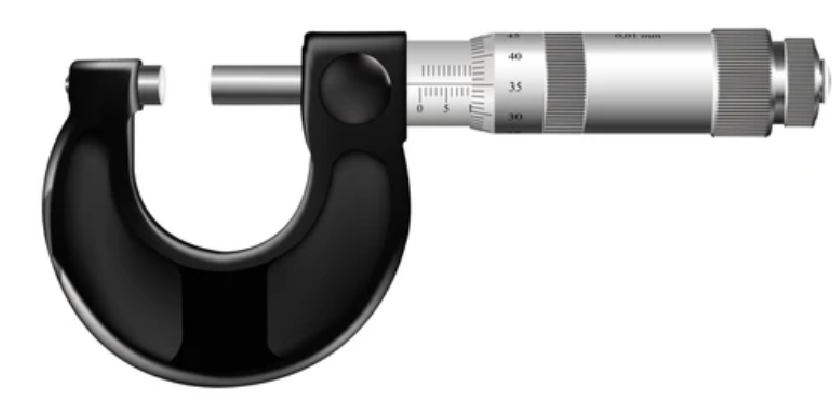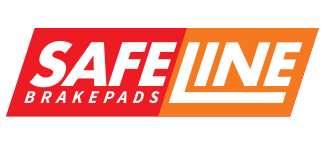TECHNICAL
Safeline’s customer service support team consists of a panel of technical experts who have years of experience working on the vehicle braking system.
BRAKE SYSTEM: HYDRAULIC SYSTEM
- Pedal pressure applied is transferred through brake fluid via master cylinder/booster through steel pipework towards the brake calipers.
- Pistons located in the calipers push against the brake pad resulting in the pad pressing against the disc.
- As the brake pads wear it is normal for the brake fluid level in the reservoir to decrease.
- It is not necessary to top up brake fluid unless the level falls below the minimum level mark on the reservoir.
- If brake fluid level drops significantly, it is an indication of excessive pad wear or there is a leak in the hydraulic system.
- If necessary, top up brake fluid only once new pads have been fitted.

BRAKE FLUID INSPECTION
- Clear (fluid in good condition).
- Muddy brown or black (old or dirty fluid).
- Recommended replacement interval every 2 years or refer to car manufacturer recommendation.
- It is NORMAL for the brake fluid level to drop as the pad wears.
- It is NOT RECOMMENDED that brake fluid is topped up BEFORE fitting new pads – this can cause a spill when caliper piston is pushed back when new pads are fitted.

HOW TO MEASURE DISC WEAR
- The tool required to measure the disc is a micrometre.
- Measure the thickness of the disc at different points around the circumference of the disc face.
- Minimum disc thickness is normally marked or engraved on the disc. If disc thickness is less than the recommended thickness, replace discs.
- Training on the correct use of a micrometre is recommended.

